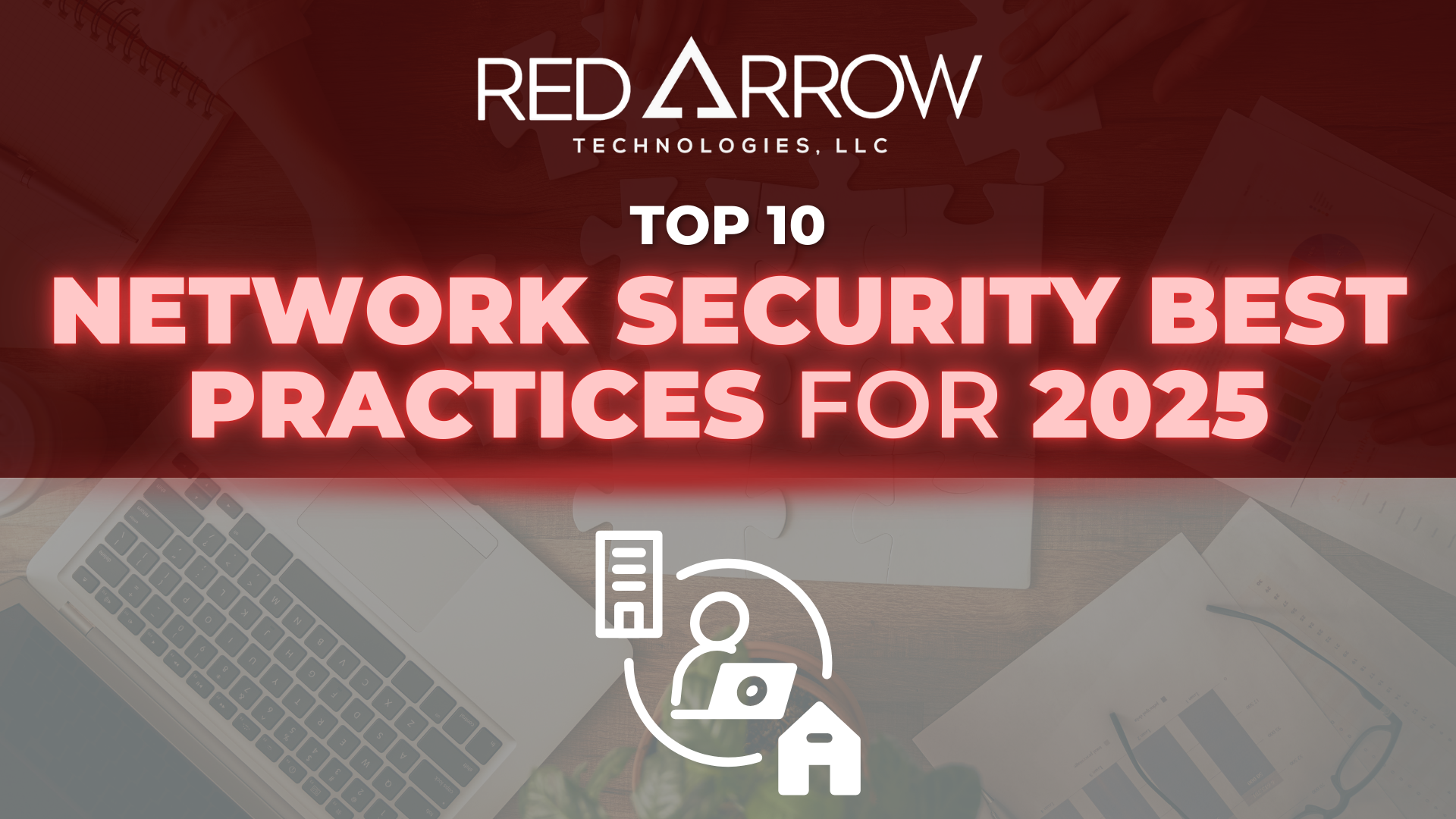Cyber risks are not only evolving; they are becoming increasingly severe. Based on IBM Security’s most recent analysis, the average cost of a data breach in 2024 alone is $4.88 million. Cybercriminals are improving their attack techniques to exploit flaws in even the most secure IT infrastructures as companies increase their digital footprints.
Protecting your network from cyber threats calls for a proactive, layered approach with ransomware-as-a-service (RaaS), AI-driven phishing campaigns, and increasingly complex supply chain attacks.
Why a Multi-Layered Approach is Essential
Before getting into specific network security tips, knowing that successful security needs more than one layer is essential. Businesses should not rely on a single protection measure as cybercriminals do not rely on one approach to access systems. Companies can achieve a more substantial security approach by combining security controls like authentication, network segmentation, endpoint protection, and AI-driven threat detection. Though not one measure can completely guard a company, a combination of proactive defenses can significantly lower risk.
Key Strategies for Strengthening Network Security
The following best practices will help organizations—small businesses or enterprises—fortify their networks against today’s most pressing threats.
1. Implement a Zero Trust Architecture (ZTA)
The conventional approach of perimeter-based security is obsolete. Zero Trust requires constant authentication and tight access limits for every person and device, enforcing a “never trust, always verify” attitude. This approach guarantees that no internal or external entity is automatically given access without proof. To improve Zero Trust’s success, businesses should combine least privilege concepts and real-time monitoring. A Verizon Data Breach Investigations Report claims that one of the leading causes of breaches still involves stolen credentials, making ZTA a crucial tactic for 2025.
2. Enforce Multi-Factor Authentication (MFA) Across All Access Points
Weak or stolen passwords account for 31% of hacking-related breaches during the past ten years. Using multi-factor authentication (MFA), especially techniques that are difficult to attack, strengthens security and makes it much less likely that someone will get in without permission. MFA should be required for business accounts, which include VPNs, cloud services, and privileged accounts, to prevent attackers from getting access if credentials are compromised.
3. Keep Network Devices and Software Up to Date
Cybercriminals target old software and outdated systems. Adopting automated update systems is one of cybersecurity’s best practices. Cybercriminals frequently exploit known security vulnerabilities in out-of-date software; systems are vulnerable to attack if patches are not applied on time. Automating patch management and maintaining a powerful asset inventory are keyways to minimize risks.
4. Segment Your Network to Limit Lateral Movement
Once they have access, a flat network architecture lets attackers roam anywhere. Use network and micro-segmentation to separate important assets and reduce the damage from a possible breach. Businesses can keep threats in check and stop attackers from getting to private systems by splitting networks into smaller, controlled sections. This step is significant for companies that handle sensitive financial, healthcare, or consumer information.
5. Deploy AI-Driven Threat Detection and Response
Modern methods of attacking are challenging for outdated security systems to keep up with. AI-powered IT security tools look through endless data to find problems and act on threats instantly. These solutions, like Extended Detection and Response (XDR), make it easier to see what happens in endpoints, networks, and the cloud. AI-driven systems can minimize time spent searching for threats inside a network, automate response operations, and spot previously undetectable attack trends.
6. Conduct Regular Penetration Testing and Red Team Exercises
Developing your defenses is only one aspect; another is testing them. By simulating actual attacks and involving trusted hackers, it aids in identifying flaws before cybercrime strikes. Several regulatory systems recommend regular penetration testing as part of an effective security plan. Red team exercises let companies develop incident response strategies and increase security resilience by aggressively copying hostile tactics, techniques, and procedures.
7. Educate Employees on Phishing and Social Engineering Attacks
Human mistakes are still the biggest threat to security. Artificial intelligence-generated phishing emails and deepfake technology are helping cybercriminals evade security. Companies must do frequent security awareness training to enable team members to identify and document suspicious activities. Interactive phishing simulations, real-time reporting systems, and a strong security culture can all help to lower the risk of human-caused security breaches.
8. Implement Strong Endpoint Detection and Response (EDR) Solutions
Endpoint security is more important than ever since remote work and Bring Your Device (BYOD) rules are becoming the standard. Endpoint Detection and Response (EDR) systems can detect hazards before they become full-scale breaches since they are constantly monitored and have response capabilities. EDR helps security teams better investigate and stop endpoint threats by using AI-driven monitoring and behavioral analytics. Businesses can combine EDR with security orchestration, automation, and response (SOAR) systems for maximum safety.
9. Backup Data and Implement a Ransomware Recovery Plan
By 2031, ransomware attacks will cost companies around $265 billion yearly. Frequent offline and cloud backups guarantee companies can bounce back fast, free from ransom requests. Regular backup testing, secured storage, and real-time monitoring to find encryption abnormalities should all be part of a well-defined ransomware recovery plan. To maximize resilience, companies should use a 3-2-1 backup plan—three copies of data saved on two separate media types, and one kept offline.
10. Secure IoT Devices and Third-Party Integrations
Opportunities for attacks rise with the increasing number of IoT devices. Changing default credentials, using separate internet connections for IoT devices, and closely watching outside vendors for possible security holes are all important network security measures for small businesses. Cybersecurity best practices involve constant monitoring, firmware changes, and vendor security standard compliance assurance. Companies must evaluate third-party integrations for possible dangers and apply strict security measures for outside partners as supply chain attacks grow.
How Red Arrow Technologies LLC Can Help
Putting these strategies into action needs knowledge, funding, and ongoing oversight. Red Arrow Technologies is an expert in high-tech IT security solutions that help companies protect their networks from new cyber threats.
Contact Red Arrow Technologies now to find out how secure your business is and how to put the best security measures in place to keep it safe in 2025 and beyond.



